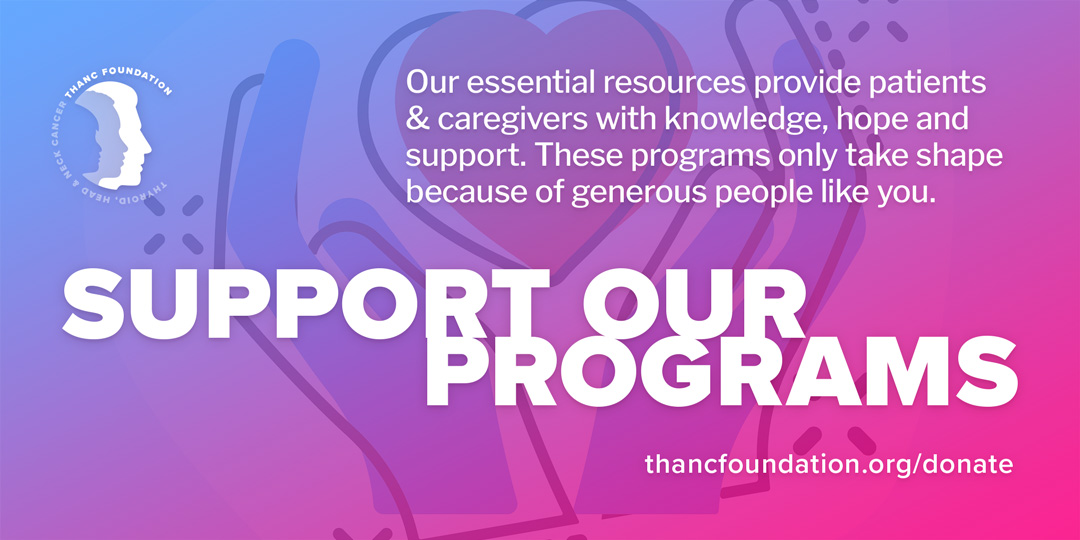Once a patient has completed treatment for medullary thyroid cancer, they will require close follow-up with their doctor. An endocrinologist will start the patient on thyroid hormone replacement therapy. If the patient’s entire thyroid gland was surgically removed, they will have no way of producing thyroid hormones, and will develop hypothyroidism. Treatment with synthetic thyroid hormones will therefore be necessary, and the right dosage of thyroid hormone replacement therapy will be determined with regular blood tests.
Calcitonin & CEA Levels
Approximately 2–3 months after surgery, a patient’s blood levels of calcitonin and CEA will be measured and compared to preoperative levels. This will help doctors assess whether any persistent cancer remains. Undetectable levels of calcitonin and normal CEA suggest that there is no remaining cancer, and that the likelihood of recurrence is low. Higher or rising levels of calcitonin or CEA can indicate that disease remains (either in the neck or at sites of distant metastasis somewhere in the body).
Patients should visit their specialist on a regular schedule (or earlier if they have any concerning symptoms). This allows doctors to examine for any sign that the cancer has returned. The best timeline for follow-up will be determined by the doctor.
Standard Follow-up Schedule
- For the first year, go every 1–3 months.
- For the second year, go every 2–6 months.
- For the third to fifth year, go every 4–8 months.
- After five years, start going once annually.
Doctors will perform imaging in the first 6 months after treatment. This is most commonly an ultrasound and the first ultrasound serves as a “baseline” study for the purpose of comparing future studies. Occasionally further imaging is performed, such as a CT, MRI, or PET/CT scan. If something suspicious comes up, a patient may need a biopsy.












